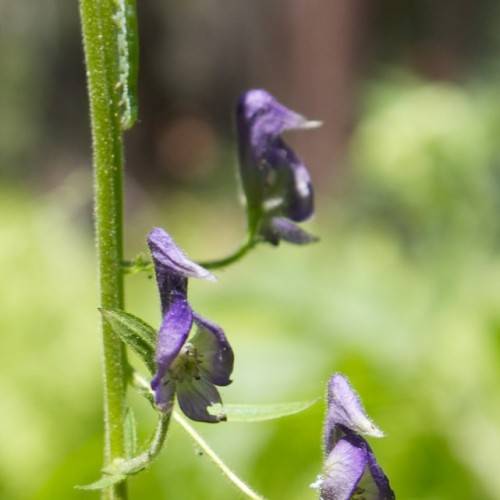
Columbian Monkshood
Aconitum columbianum
Watering:
Frequent
Hardiness Zone:
Sun:
full sun,part shade
Leaf:
Yes
Growth Rate:
Low
Drought Tolerant:
Yes
Salt Tolerant:
Yes
Care Level:
Medium
watering
Water Nevada Bird's-foot Trefoil once a week in the morning if there are no heavy rains. The soil should be kept moist, but not soggy, and the plant should never be allowed to wilt. During particularly dry spells, the plant may require additional watering. As the plant matures, it may tolerate more water.
sunlight
Nevada Bird's-Foot Trefoil requires full sun to partial shade and prefers 6-8 hours of direct sunlight. It can also tolerate light shade and low light levels in the morning and evening, but will not tolerate extended periods of shade. It is important for this plant to receive 6-8 hours of direct sunlight daily to maximize flowering and healthy growth.
pruning
Nevada Bird's-Foot Trefoil should be pruned during the midsummer for maximum success. Pruning should include the removal of old or dead leaves and flowers, along with any crossed branches. When pruning, try to maintain a vase-like shape to the plant, ensuring that it keeps a self-sustaining structure and does not become too dense or overgrown. Nevada Bird's-Foot Trefoil should be pruned late in the season, usually when the plant has finished blooming and is beginning to fade. Pruning at this time will ensure that the plant is not damaged by winter cold and that there is enough time for new growth to develop before the flowering season begins again in the spring.
